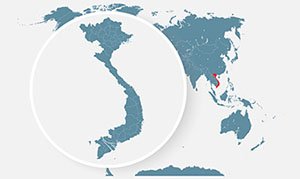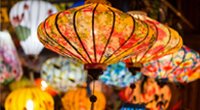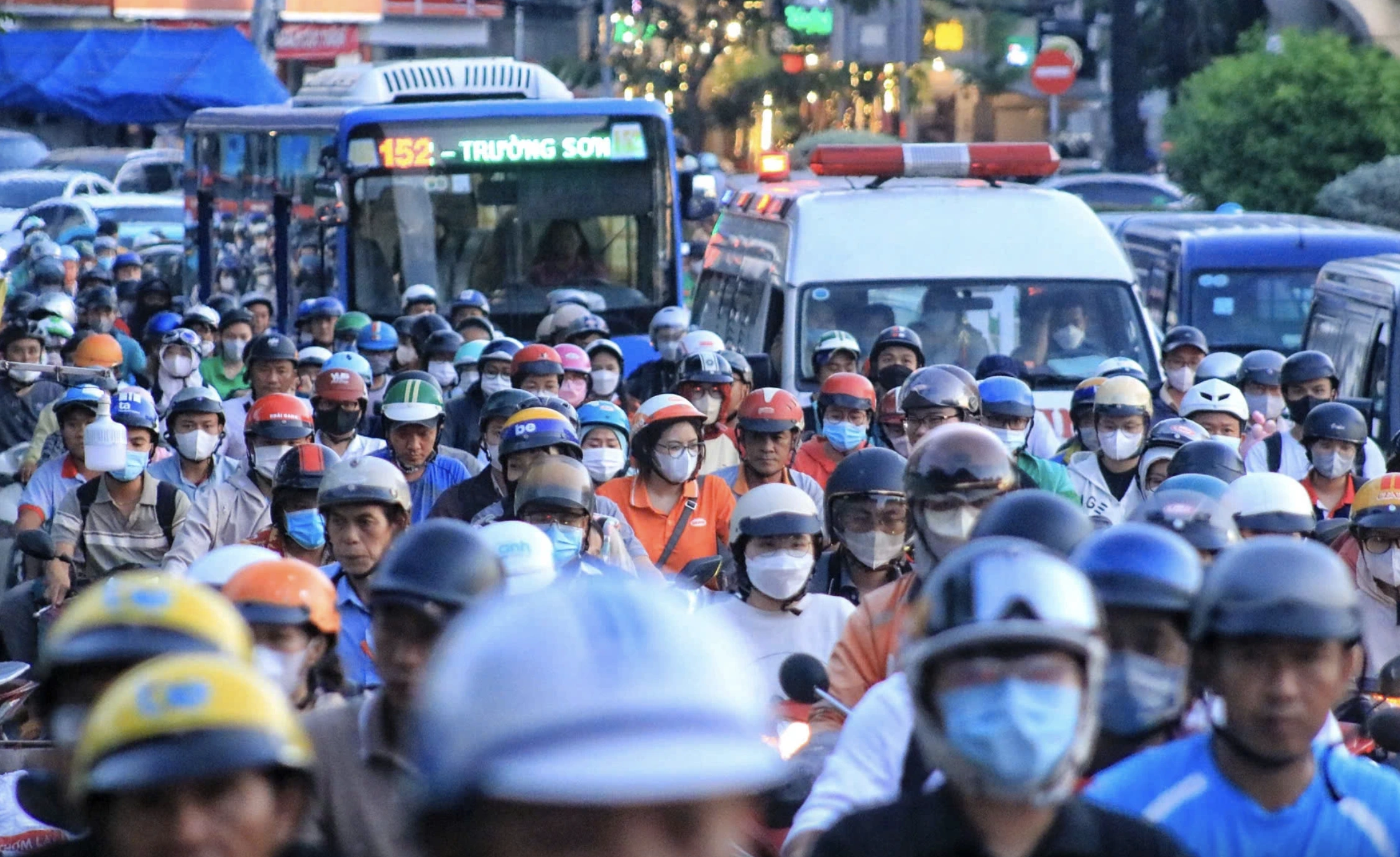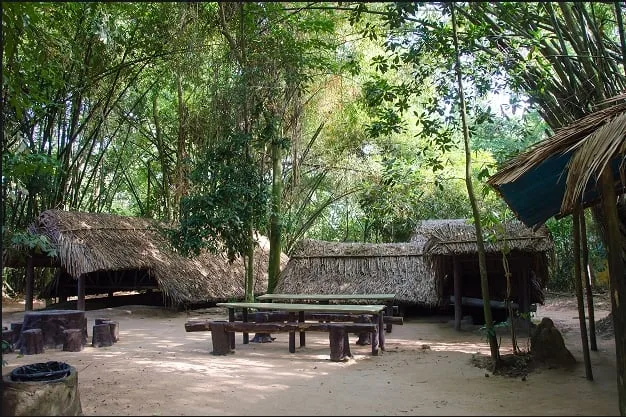Contents
ToggleDon’t Disrespect Local Customs & Traditions
Vietnamese people take pride in their culture, and showing respect goes a long way.
- At temples and pagodas: Always dress modestly—cover shoulders, chest, and knees. Remove hats and shoes before entering prayer halls.
- When speaking with elders: Greet them first and avoid interrupting. A slight bow or nod shows politeness.
- In villages: Keep your voice low, avoid littering, and ask before taking photos of locals, especially in ethnic minority communities.
👉 Tip: A little effort to follow customs will earn you warm smiles and often an invitation to tea or conversation.

Don’t Point Your Feet at People or Altars
In Vietnamese culture, the feet are seen as the “lowest” part of the body, both physically and spiritually.
- Never stretch your legs out toward people when sitting.
- Avoid pointing your feet at Buddha statues, family altars, or monks, as this is considered extremely disrespectful.
- When sitting on the floor, keep your legs crossed politely or tucked under you.
👉 Tip: If you’re unsure, observe how locals sit in temples or homes and follow their example.
Don’t Show Excessive Public Affection
Vietnam is more conservative than many Western countries. While big cities like Hanoi or Ho Chi Minh City are modernizing, traditional values remain strong in small towns and rural areas.
- Holding hands or a quick hug is acceptable.
- Avoid kissing, cuddling, or long embraces in public, especially at temples or family gatherings.
- Same-sex affection between friends (like holding hands or leaning on shoulders) is common and purely platonic.
👉 Tip: Save more intimate displays of love for private settings to avoid unwanted attention.
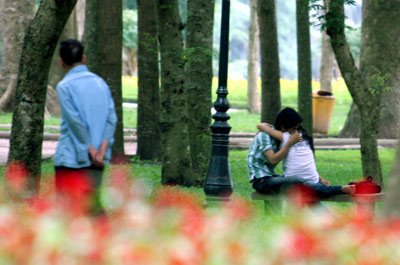
Don’t Point with a Single Finger
Gesturing with your index finger at people, objects, or statues can be seen as aggressive or impolite.
- Instead, use your whole hand with the palm facing upward to indicate direction.
- A polite nod or smile often works just as well when pointing someone out.
👉 Tip: This etiquette is especially important when dealing with elders, monks, or authority figures.
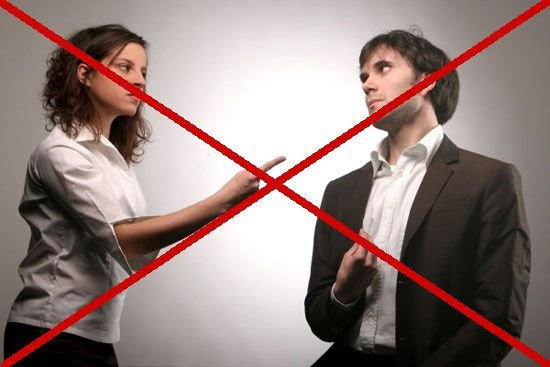
Don’t Touch People’s Heads
The head is regarded as the most sacred part of the body—it houses the spirit and life force.
- Avoid touching or patting anyone’s head, even playfully.
- This rule applies especially to children—while you might mean it affectionately, it could be offensive to their parents or grandparents.
- The only exception is within close family or intimate relationships.
👉 Tip: If you want to interact warmly with kids, offer them a smile, wave, or small gesture instead.
✅ Bonus “Don’ts” to Remember
- Don’t lose your temper in public. Raising your voice or showing anger causes loss of face for both parties. Stay calm and polite.
- Don’t bargain too aggressively. Negotiation is expected in markets, but always with humor and respect. Walking away smiling is better than arguing.
- Don’t use your left hand to give items. Traditionally, the left hand is considered less clean—use your right hand or both hands together.
- Don’t enter someone’s home without permission. Always wait to be invited and remove shoes before stepping inside.
👉 By keeping these cultural “don’ts” in mind, you’ll not only avoid awkward situations but also deepen your connection with locals, earning their respect and often their friendship.

Don’t Forget to Bargain at Markets
Shopping in Vietnam’s bustling markets is more than a transaction—it’s an experience. Bargaining is expected, but it should always be done light-heartedly and with respect.
- Vendors usually start with higher prices, especially for tourists.
- Offer about 50–70% of the asking price and negotiate toward a fair middle ground.
- Always smile and keep the conversation friendly—arguing or showing frustration is considered impolite.
👉 Tip: If you reach a price you’re happy with, buy it. Walking away after long negotiations is considered rude.
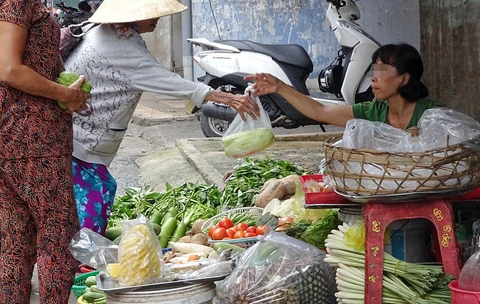
Don’t Leave Chopsticks Upright in Rice
Table manners are an important reflection of respect in Vietnamese culture.
- Sticking chopsticks upright into a bowl of rice resembles funeral offerings made to the dead—it’s considered a bad omen.
- Instead, rest chopsticks across your bowl, on the provided holder, or neatly on the table.
- Avoid pointing or playing with chopsticks, as it’s also seen as disrespectful.
👉 Tip: When dining with locals, watch how they handle chopsticks—you’ll learn subtle etiquette that makes a big impression.

Don’t Take Photos Without Permission
Vietnamese people are generally friendly and open to photos, but always ask first.
- Use a smile, gesture toward your camera, or politely say “Được không?” (Is it okay?).
- Be especially mindful in rural villages, minority communities, and religious sites, where photography can feel intrusive.
- Some pagodas and museums prohibit photography altogether—look for signs or ask a staff member.
👉 Tip: Offering to share your photo with locals can turn the exchange into a warm cultural connection.
Don’t Expect Everyone to Speak English
While English is increasingly common in major cities and tourist areas, it’s not universal.
- In smaller towns, markets, or rural villages, people may not understand you.
- Be patient—use simple words, gestures, or translation apps.
- Learning just a few Vietnamese phrases goes a long way:
- Xin chào (hello)
- Cảm ơn (thank you)
- Bao nhiêu tiền? (how much is it?)
👉 Tip: Even if your pronunciation isn’t perfect, locals appreciate the effort and often respond with a smile.
Don’t Drink Tap Water
Vietnam’s tap water is not safe for direct consumption, even in cities.
- Always drink bottled or filtered water. Most hotels, cafés, and restaurants provide filtered options.
- Carry a reusable water bottle and refill it at trusted stations to reduce plastic waste.
- Be cautious with ice—while most restaurants use purified ice, street vendors may not.
👉 Tip: If you have a sensitive stomach, also avoid raw salads or unpeeled fruits unless you wash them with safe water yourself.
Don’t Underestimate Traffic
Vietnam’s streets are a sea of motorbikes, bicycles, and honking cars moving in what looks like chaos—but there’s a rhythm to it.
- When crossing, walk slowly and predictably. Drivers are used to adjusting their speed, but they can’t react to sudden stops or sprints.
- Use pedestrian crossings when available, though they don’t always guarantee vehicles will stop.
- In big cities like Hanoi and Ho Chi Minh City, follow locals when they cross—it’s the safest way to learn the flow.
👉 Tip: Never assume vehicles will yield. Make eye contact with drivers to ensure they’ve seen you.
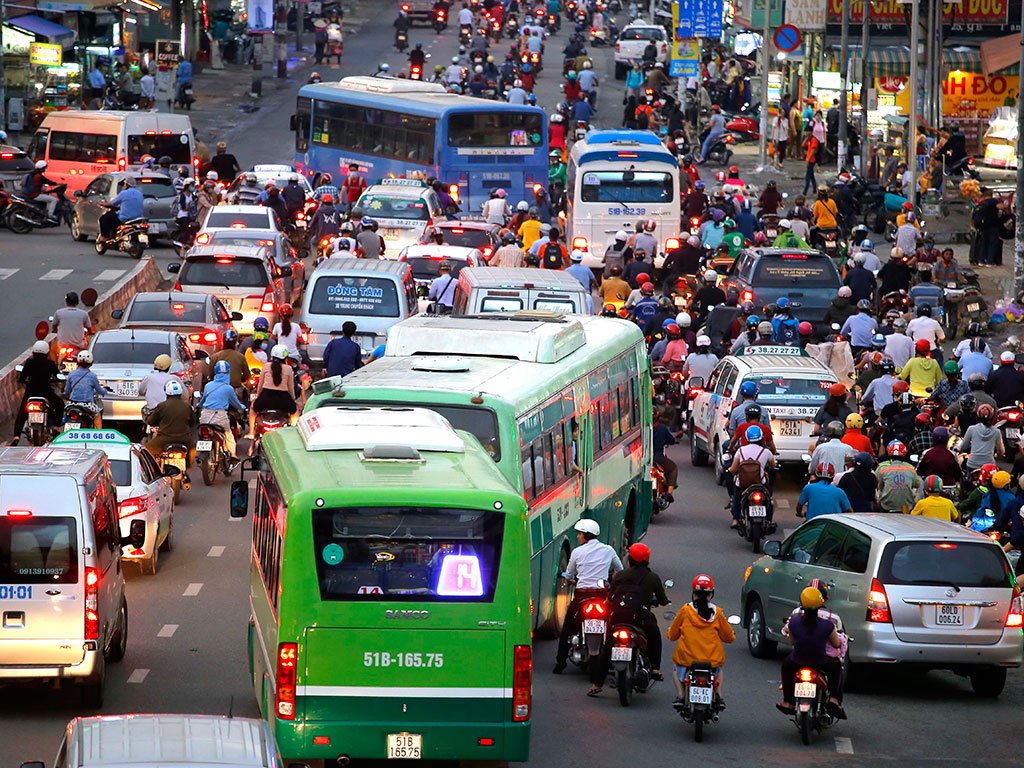
Don’t Lose Your Temper
Frustration—whether over traffic, bargaining, or service delays—rarely solves anything in Vietnam.
- Raising your voice or showing anger causes loss of face, which is deeply uncomfortable for locals.
- Instead, stay calm, keep your tone gentle, and smile—it almost always leads to a better outcome.
- Patience is especially key in rural areas, where life moves more slowly.
👉 Tip: A relaxed attitude will not only smooth over problems but also earn you respect from Vietnamese people.
Don’t Overthink “Saigon” vs “Ho Chi Minh City”
Many travelers wonder which name to use, but both are acceptable.
- “Ho Chi Minh City” is the official name, used in formal contexts, government documents, and international references.
- “Saigon” is still widely used by locals in daily life, especially when referring to the central districts.
- Don’t correct others—choosing either term won’t offend anyone.
👉 Tip: When chatting casually with locals, “Saigon” often feels more natural and friendly.
Don’t Ignore Dining Etiquette
Meals in Vietnam are social events with unspoken rules of respect.
- Wait for the eldest at the table to begin before you start eating.
- If there’s one piece of food left, offer it around instead of taking it directly.
- Always receive food, drinks, or gifts with both hands—a gesture of respect.
- Chopsticks are for eating, not for pointing, stirring dishes, or moving plates.
👉 Tip: Showing good manners at the table often leads to warmer invitations and stronger connections with locals.
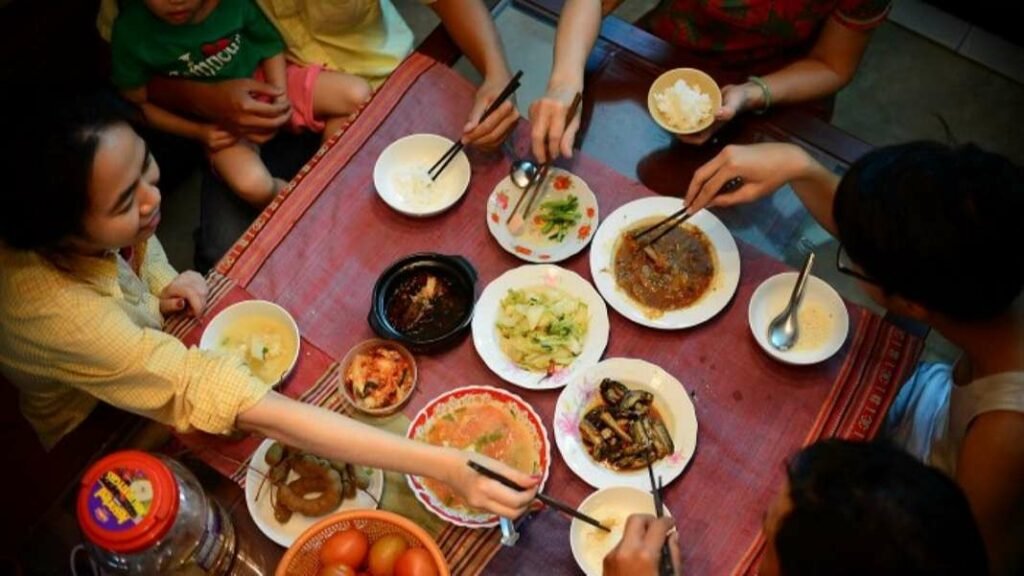
Final Thoughts
Vietnam is one of the friendliest and most welcoming countries you’ll ever visit. By knowing what not to do, you’ll show respect for local traditions, avoid awkward moments, and connect more deeply with the culture.
Follow these 14 simple rules, and you’ll enjoy a more authentic and memorable trip—whether you’re wandering Hanoi’s Old Quarter, cruising Ha Long Bay, or soaking up beach life in Da Nang.

